For more than five millennia, Ayurveda has been used to heal the world. It has gifted the world an extensive knowledge and practices that are fundamentally rooted in naturopathy. It has provided a wide range of natural methods to combat illnesses and maintain health.
Vrindavan Ayurveda Chikitsalayam is famous for providing Panchakarma detox in Delhi. Panchakarma is considered to be one of the most significant branches of Ayurveda. The five-step panchakarma therapy cleanses and rejuvenates the body from inside out.
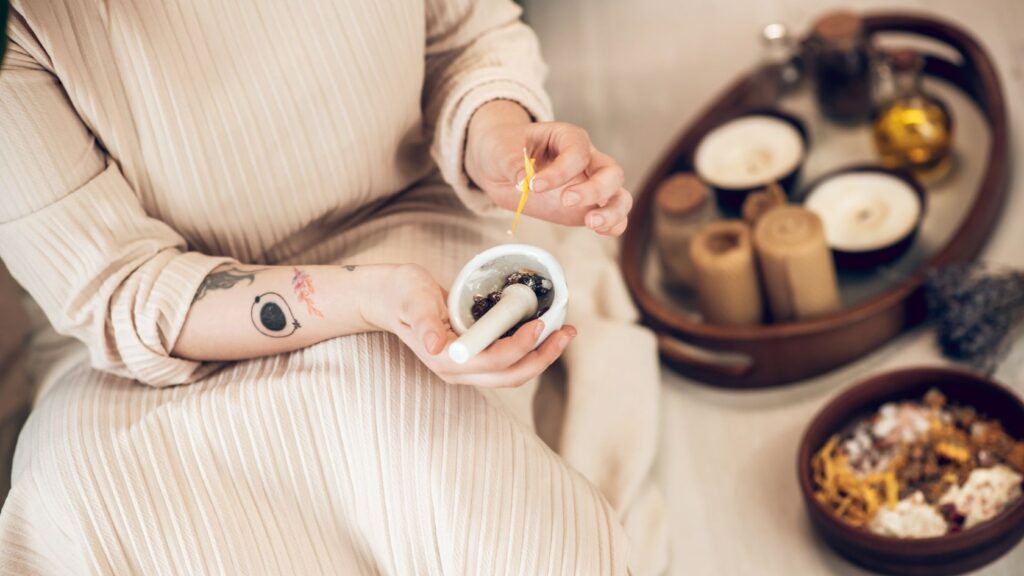
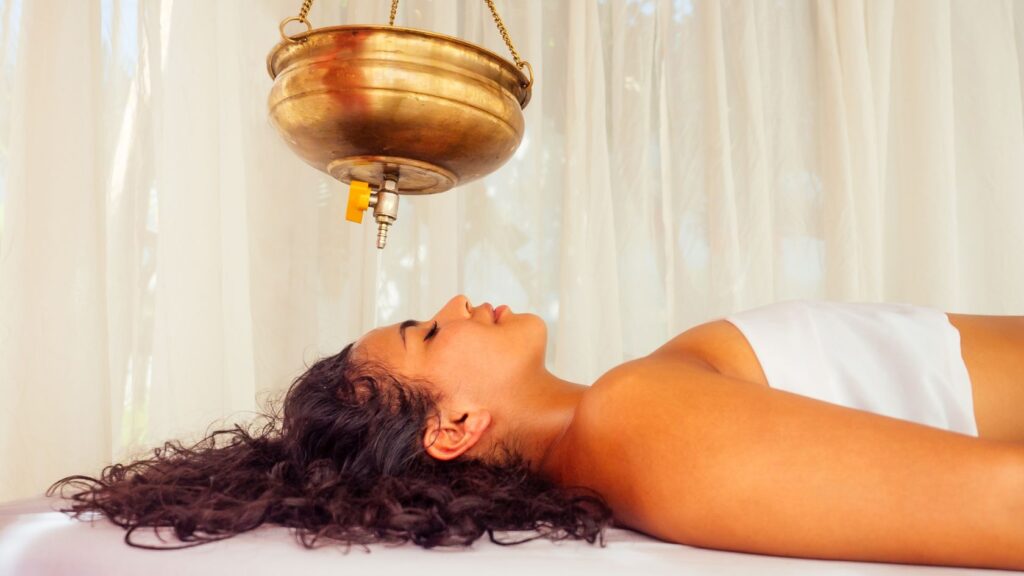
Experts at Vrindavan suggest that ayurvedic treatments for Panchakarma detox in Delhi consist of two main components: Shaman Chikitsa (pacifying therapy) and Shodhana Chikitsa (bio-cleansing therapy).
The first category includes panchakarma therapy, which is a bio-cleansing routine meant to remove harmful materials from the body and balance the vitiated doshas. It is a lengthy procedure that strengthens immunity in the body. Ayurvedic textbooks agree to Panchakarma’s superiority and effectiveness.
Experts at Vrindavan Ayurveda Chikitsalayam conduct Panchakarma detox in Delhi in three stages. Let’s talk about each of them in detail.
Pradhanakarma : The primary therapy method, uses five different advanced therapies to remove vitiated doshas from the body. This is the principal phase of treatment, which is basically related to the word “panchakarma.”
Paschatkarma:
The final stage is Paschatkarma, where a rehabilitation strategy that includes dietary, and lifestyle modifications is prescribed to prevent recurrence of the disease.
The experts say that the word “Panchakarma” is made up of two words: The Pancha (Five) Karma (Action). Panchakarma detox mainly involves five types of advanced therapies for the removal of vitiated Doshas (toxins or impurities) from the body.
These include medicinal emesis (Vaman), purgation (Virechan), medicine instillation through the nose (Nasyam), medicated emesis (Basti), and bloodletting (Raktmokshan). According to traditional medicine, panchakarma helps eliminate toxins from the body’s cells and stops them from ever entering the first place. The most renowned branch of Ayurveda is panchakarma, and it deserves its high regard.
If you’re looking for Panchakarma detox, Vrindavan Ayurveda Chikitsalayam should definitely be your first choice.
Benefits of Panchkarma
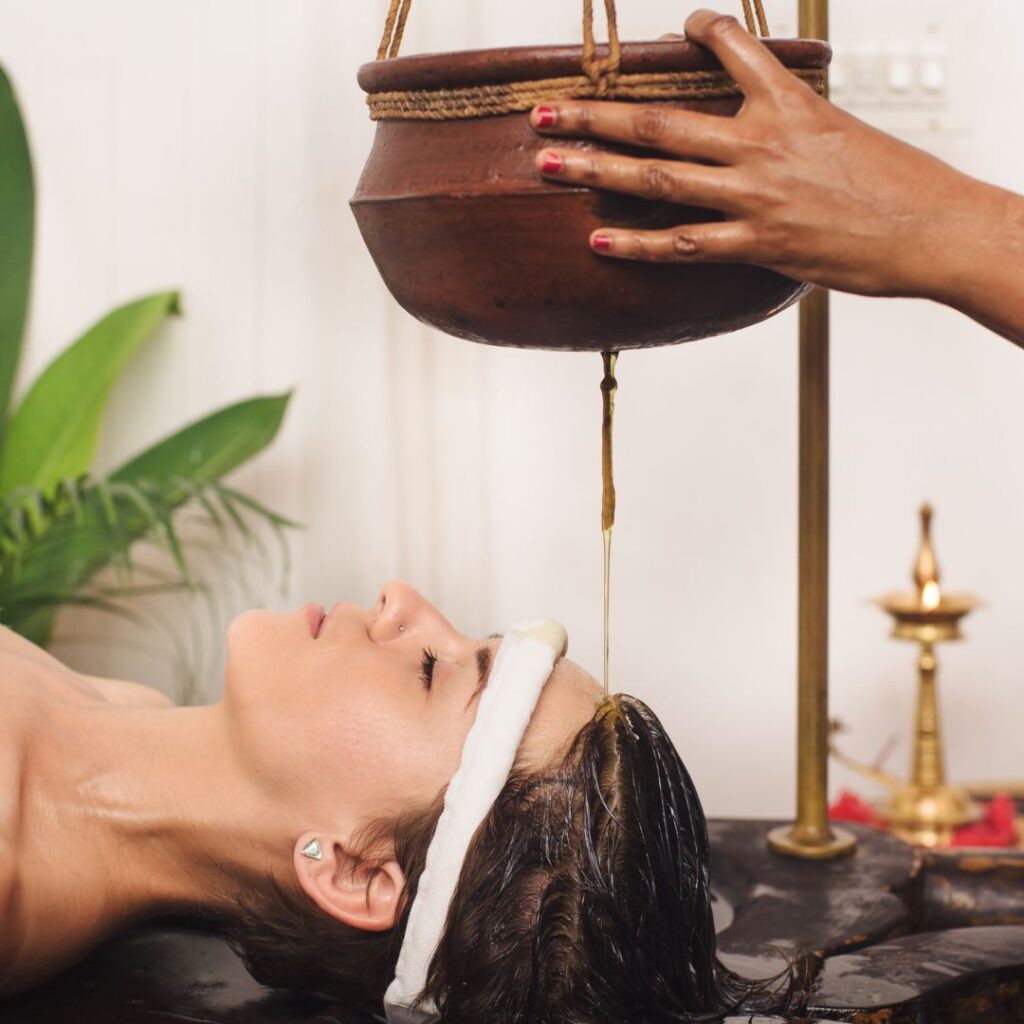
Vrindavan experts providing Panchakarma detox in Delhi suggest that the method also involves Vamana. Vamana Karma is the induction of therapeutic vomiting as a technique of orally expelling poisons from the upper cavities of the body. A patient receives Snehana (oleation) and Swedana (fomentation) therapies for a few days prior to Vamana therapy in order to melt the poisons. Its administration is intended to cleanse the upper body. Conditions that are predominantly Kapha-dominated, such psoriasis, weight gain, hyperacidity, asthma, and chest congestion, are especially well-suited for Vaman therapy.
Virechan is one of the methods involved in Panchakarma detox in Delhi wherein purgation of toxins happens through the anal route.It follows the therapies of Snehana (oleation) and Swedana (fomentation). Purgative herbs promote virechan, a state in which the body expels excess Pitta Dosha. The Virechan treatment facilitates intestinal clearance, which aids in body cleaning and eliminates toxins. The main indication for the use of Virechan treatment is elevated Pitta conditions, including colitis, herpes zoster, skin diseases, blisters, abscesses, liver problems, and celiac infections.
Basti is the main treatment in Shodhana and is regarded as one of the most significant remedies for numerous chronic illnesses, according to classical Ayurvedic literature. When receiving medical treatment through the anal route, medicinal oil or herbal decoction has incredible results. It is the most effective kind of treatment for all dominant disorders, including paralysis, spondylosis, piles, gout, splenomegaly, slipped discs, and arthritis.
The most effective treatment for blood-borne and Pitta Dosha disorders is raktamokshan. It is the simplest and quickest method of eliminating toxins from the body as a whole or from a specific location. This therapy is helpful in clearing blood and in treating many skin conditions like psoriasis, dermatitis, tumors, epistaxis, and gouty arthritis. It is also beneficial in treating local lesions like pigmentation and abscesses.
A Panchakarma procedure should be carried out according to the individual’s body type and conditions. It works well to keep a person from contracting an illness later on. Panchakarma detox in delhi is not just for sick individuals; it’s also for well people who want to live long, healthy lives. Panchkarma aids in purification, enabling mental and physical rejuvenation.
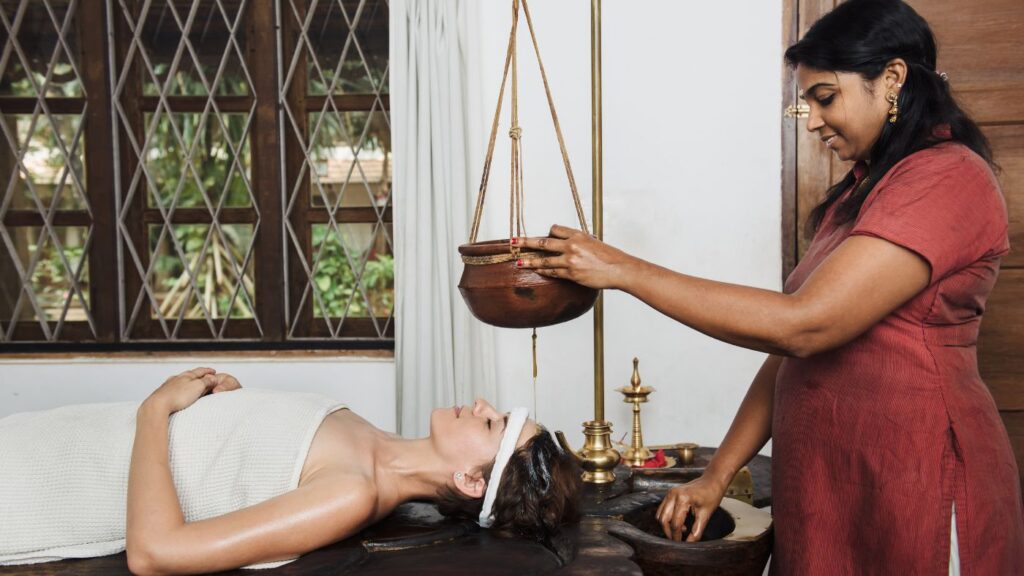
Kerala, often referred to as the home of Ayurveda, is a state that focuses on Panchakarma treatments. To get a traditional Kerala massage in Delhi, go to VVAC, an establishment rooted in Kerala.
Experience both the authentic spirit of Kerala Ayurveda and the overall well being offered by the age-old techniques at VVAC. While performing Panchakarma detox in Delhi at VVAc, a qualified Ayurvedic practitioner provides direction and oversight . Each patient receives this treatment in a personalized manner that considers their body type and any potential health issues.
The traditional Ayurvedic literature advocate the use of herbs and medicinal oil, which are essentially herbal extracts, by a trained Panchkarma therapist. Thaikkattussery, Thrissur is home to Vaidyaratnam’s Ayurvedic medicine production facility. They have produced over 100 uncommon herbs through cultivation, and they create premium standardized goods for use in Panchkarma Therapies.
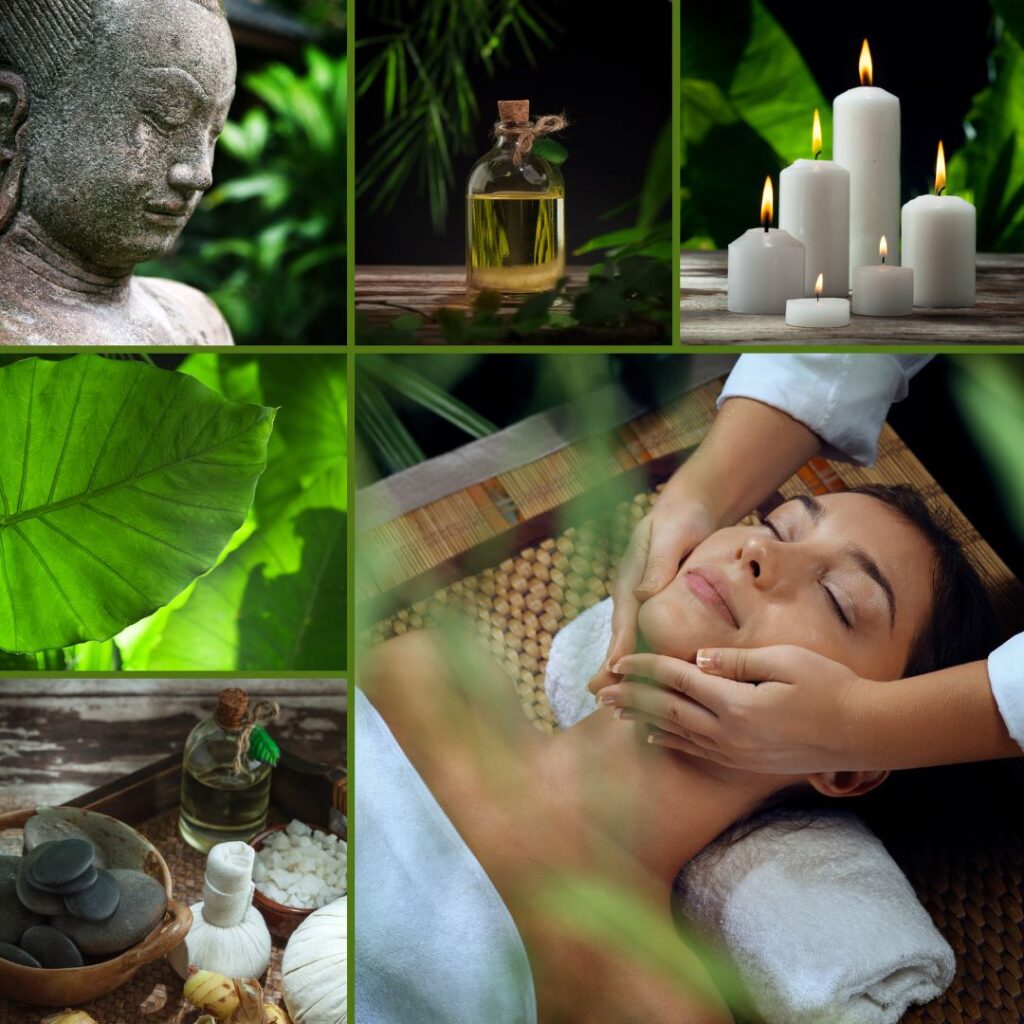




Light vegetarian diets are suggested during the Panchakarma treatment. After the process, depending upon the disease and body type, specific diet is prescribed.
Panchakarma helps to remove toxins from the body and one finds the lightness and relief in muscular stiffness. While Panchakarma can be quite effective in relaxing and revitalizing a healthy person and in diseased person, it may take some time to show effects.
Generally, one should go for Panchakarma procedure at least once every two years. In most of the cases, it depends on the disease of the person, body type and therapy prescribed.
It is recommended that the individual undergoing Panchakarma treatment relax in order to maximize the advantages.

Vaidyaratnam Vrindavan Ayurveda Chikitsalayam 25 Acres Hospital Campus is Nestled in 250 Acres of Lush Green Forests
Shivalik Foothills Village
Thana, EPIP Phase 2, Baddi,
Himachal Pradesh
© 2025 All Rights Reserved.